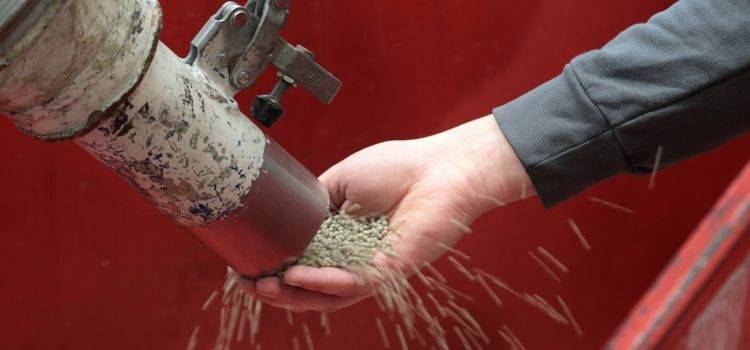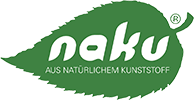
What is the correct way to separate plastic waste?
The correct waste separation of plastic waste
We are often asked what types of plastic there are, what the differences are and what products they are used in. We are also often asked the question of how these plastics should be disposed of properly so that they can be recycled - how do you properly separate plastic waste. Below we give an overview of the most common plastics and how they can be identified for the best possible separation of plastic waste.
types of plastic
Polyethylene terephthalate (PET)
Recycling code: 01 PET
Products: Beverage bottles, packaging for cosmetics and food, etc.

High Density Polyethylene (HDPE or PE-HD)
Recycling code: 02 PE HD
Products: Plastic bottles (e.g. detergent), waste bins, crates of drinks, kitchen utensils, etc.

Polyvinyl chloride (PVC)
Recycling code: 03 PVCs
Products: Window frames, pipes, children's toys, hoses, imitation leather, clothing, baby items, etc.

Polyethylene (LDPE or PE-LD)
Recycling code: 04 PE LD
Products: Plastic bags, soap dispenser bottles, plastic tubes, foils, etc.

Polypropylene (PP)
Recycling code: 05 PP
Products: Food packaging, plastic bags, baby bottles, medical devices, etc.

Polystyrene (hp)
Recycling code: 06 PS
Products: Plastic bags, soap dispenser bottles, plastic tubes, foils, etc.

Other plastics (O)
Recycling code: 07 O
Other plastics such as polycarbonate (PC), polyamide (PA), acrylonitrile butadiene styrene (ABS), polymethyl methacrylate (PMMA), polylactide (PLA)

polyurethane (PU)
not recyclable
Products: Shoes, coatings and adhesives, textile fiber elastane, polyurethane foam: such as mattresses, kitchen sponges, insulating materials, etc.
plastic collection
In general, the cleaner and better the collection material is sorted, the better it can be recycled. It is also important to make sure that you only put plastic in the plastic collection that belongs there.
What belongs in the plastic collection?
What belongs in the plastic collection or not varies greatly from place to place. It is best to get information from your local waste disposal company. We have taken the following guidelines from ARA (Altstoff Recycling Austria).
- PET beverage bottles
IMPORTANT: Flatten the bottle and fold the bottom! - Plastic bottles for washing and cleaning agents: e.g. B. Household cleaners; washing-up liquid; Laundry detergent; softener
- Plastic bottles for personal care products: e.g. B. Shampoo; shower gel
- Beverage cartons (tetra packs),
IMPORTANT: completely deflated and flattened! - Plastic cups (e.g. yoghurt cups)
- plastic bags and foils
- Plastic lids and closures
- plastic tubes and canisters
- blister packs
- Meat, fruit and vegetable cups
What does not belong in the plastic collection?
- PVC products (e.g. pipes)
- Floor coverings (e.g. laminate)
- Inflatable boats, air mattresses, toys, etc.
- Heavily soiled packaging
- cables and wires
- Plastic products made of hard plastic (e.g. garden furniture)
- Plastics from the medical field
- reusable plastic packaging
Sources
https://de.wikipedia.org/wiki/Recycling-Code
https://www.global2000.at/plastikarten
abfahrtkalender.ara.at
